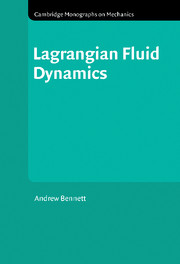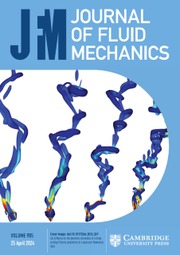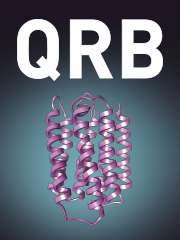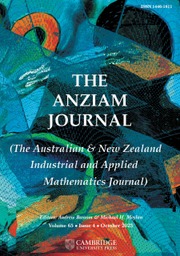The Fluid Dynamics of Cell Motility
Part of Cambridge Texts in Applied Mathematics
- Author: Eric Lauga, University of Cambridge
- Date Published: November 2020
- availability: Available
- format: Paperback
- isbn: 9781316626702
Paperback
Other available formats:
Hardback, eBook
Looking for an inspection copy?
Please email [email protected] to enquire about an inspection copy of this book
-
Fluid dynamics plays a crucial role in many cellular processes, including the locomotion of cells such as bacteria and spermatozoa. These organisms possess flagella, slender organelles whose time periodic motion in a fluid environment gives rise to motility. Sitting at the intersection of applied mathematics, physics and biology, the fluid dynamics of cell motility is one of the most successful applications of mathematical tools to the understanding of the biological world. Based on courses taught over several years, it details the mathematical modelling necessary to understand cell motility in fluids, covering phenomena ranging from single-cell motion to instabilities in cell populations. Each chapter introduces mathematical models to rationalise experiments, uses physical intuition to interpret mathematical results, highlights the history of the field and discusses notable current research questions. All mathematical derivations are included for students new to the field, and end-of-chapter exercises help consolidate understanding and practise applying the concepts.
Read more- A case study in interdisciplinary modelling, showing how experiments from biology can be used to motivate mathematical modelling and how modelling can explain biological observations
- Explains all steps of the mathematical derivations in detail and uses physical intuition to interpret mathematical results, making the book accessible to students
- Based on courses taught over several years, it contains more than 90 exercises, suitable for use as homework assignments or exam questions
Customer reviews
Not yet reviewed
Be the first to review
Review was not posted due to profanity
×Product details
- Date Published: November 2020
- format: Paperback
- isbn: 9781316626702
- length: 410 pages
- dimensions: 244 x 170 x 18 mm
- weight: 0.75kg
- contains: 78 b/w illus. 95 exercises
- availability: Available
Table of Contents
Part I. Fundamentals:
1. Biological background
2. The fluid dynamics of microscopic locomotion
3. The waving sheet model
4. The squirmer model
Part II. Cellular locomotion:
5. Flagella and the physics of viscous propulsion
6. Hydrodynamics of slender filaments
7. Waving of eukaryotic flagella
8. Rotation of bacterial flagellar filaments
9. Flows and stresses induced by cells
Part III. Interactions:
10. Swimming cells in flows
11. Self-propulsion and surfaces
12. Hydrodynamic synchronisation
13. Diffusion and noisy swimming
14. Hydrodynamics of collective locomotion
15. Locomotion and transport in complex fluids
References
Index.
Sorry, this resource is locked
Please register or sign in to request access. If you are having problems accessing these resources please email [email protected]
Register Sign in» Proceed
You are now leaving the Cambridge University Press website. Your eBook purchase and download will be completed by our partner www.ebooks.com. Please see the permission section of the www.ebooks.com catalogue page for details of the print & copy limits on our eBooks.
Continue ×Are you sure you want to delete your account?
This cannot be undone.
Thank you for your feedback which will help us improve our service.
If you requested a response, we will make sure to get back to you shortly.
×




